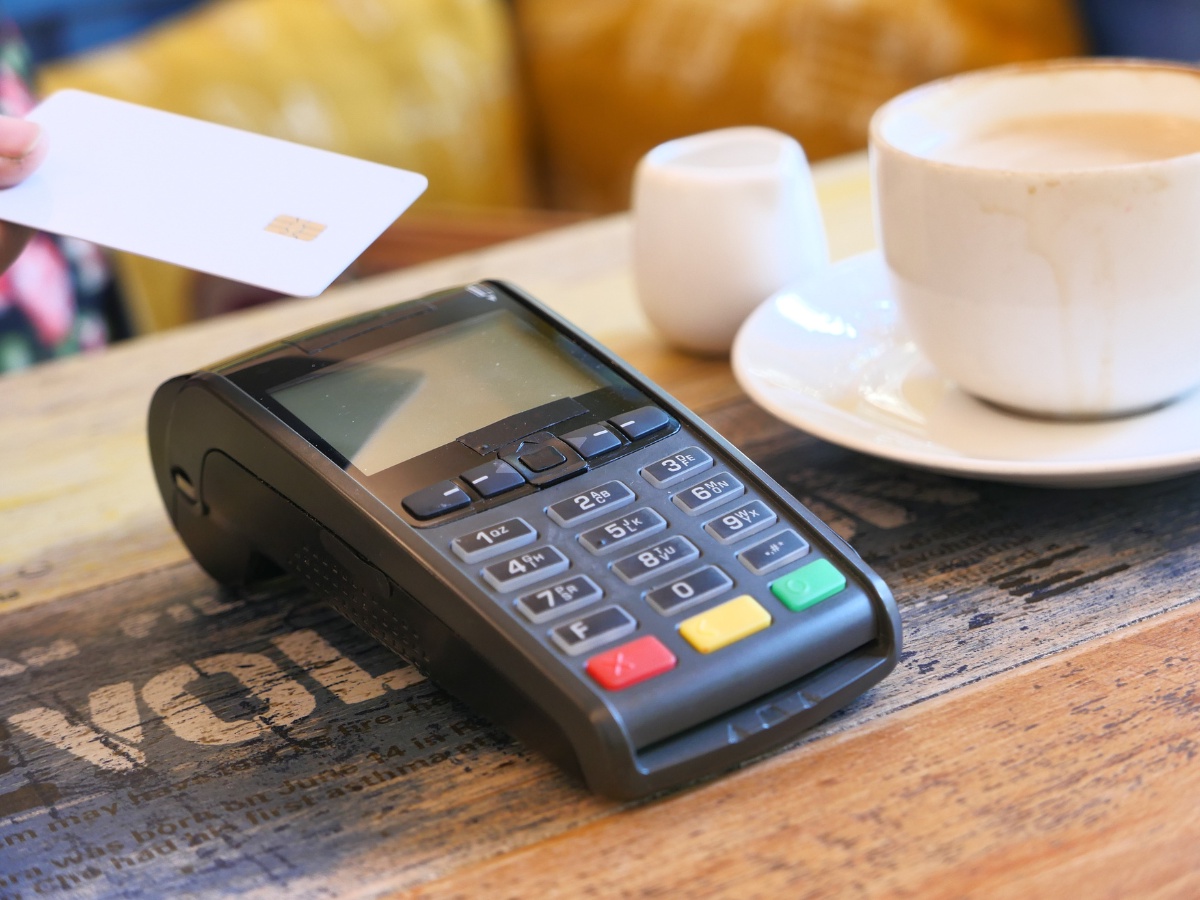In the competitive landscape of the restaurant industry, efficiency and customer satisfaction are paramount. To achieve these goals, many restaurants are turning to advanced technology, particularly Point of Sale (POS) systems tailored for their unique needs. In this guide, we explore how POS systems can transform restaurant operations, enhance customer experiences, and boost profitability.
What is a POS System?
A Point of Sale (POS) system is a combination of hardware and software designed to streamline transactions and manage essential business operations. In a restaurant setting, a POS system typically includes terminals (such as touchscreen monitors), receipt printers, card readers, and specialized software that integrates ordering, payment processing, inventory management, and reporting functionalities.
Key Features of POS Systems for Restaurants
Modern POS systems offer a range of features tailored to the specific needs of restaurant operations:
1. Order Management
POS systems allow servers to input orders directly into the system, which are then instantly communicated to the kitchen. This minimizes errors and speeds up order preparation, leading to quicker table turnover and enhanced customer satisfaction.
2. Table Management
Restaurants can optimize table turnover and manage reservations efficiently with POS systems that provide real-time table status updates. This feature helps in seating guests promptly and maximizing restaurant capacity.
3. Menu Customization
POS systems enable easy menu customization, allowing restaurants to modify menu items, add specials, and adjust pricing as needed. This flexibility is crucial for adapting to changing customer preferences and seasonal offerings.
4. Inventory Tracking
Effective inventory management is simplified with POS systems that automatically track ingredient usage and notify staff when supplies are running low. This feature helps in minimizing food wastage and optimizing purchasing decisions.
5. Reporting and Analytics
POS systems generate detailed reports on sales trends, top-selling items, and staff performance. This data empowers restaurant owners and managers to make informed decisions, improve operational efficiency, and identify areas for growth.
Benefits of POS Systems for Restaurants
Implementing a POS system can yield several tangible benefits for restaurants:
-
Enhanced Efficiency: Streamlined processes lead to faster service, reduced errors, and improved overall efficiency.
-
Improved Customer Experience: Faster order processing and accurate billing contribute to higher customer satisfaction and repeat business.
-
Cost Savings: Reduced food waste, optimized inventory management, and better labor utilization translate to lower operational costs.
-
Real-time Insights: Access to real-time data allows for better decision-making and proactive management of restaurant operations.
-
Scalability: POS systems can scale with the business, accommodating growth and evolving needs seamlessly.
Choosing the Right POS System for Your Restaurant
When selecting a POS system for your restaurant, consider the following factors:
1. Integration Capabilities
Choose a POS system that integrates smoothly with other essential restaurant management tools such as accounting software, reservation systems, and online ordering platforms.
2. User-Friendly Interface
Opt for a system that is intuitive and easy to use for both staff and customers. A user-friendly interface minimizes training time and reduces errors during busy service hours.
3. Customer Support
Ensure that the POS provider offers reliable customer support, including technical assistance and regular software updates.
4. Security Features
Look for POS systems that comply with industry security standards (such as PCI DSS) to protect customer payment information and maintain data integrity.
5. Customization Options
Choose a POS system that can be tailored to your restaurant's specific needs, whether it's fine dining, quick service, or delivery-focused.
Implementing a POS System: Step-by-Step Guide
-
Assess Your Needs: Evaluate your restaurant's requirements and identify key functionalities you need in a POS system.
-
Research Providers: Compare different POS vendors based on features, pricing, and customer reviews.
-
Schedule Demos: Request demos from shortlisted providers to experience the systems firsthand.
-
Consider Costs: Factor in upfront costs, ongoing fees, and potential return on investment (ROI) when making your decision.
-
Training and Implementation: Ensure thorough training for your staff to maximize the benefits of the new POS system.
-
Monitor Performance: Continuously monitor the performance of the POS system and gather feedback from staff and customers for further improvements.
Conclusion
In conclusion, investing in a POS system tailored for restaurants is a strategic decision that can revolutionize your business operations. By leveraging advanced technology to streamline processes, enhance customer experiences, and drive profitability, restaurants can stay ahead in a competitive market. When choosing a POS system, prioritize features that align with your restaurant's unique needs and consider it as a long-term investment in the success of your establishment.
Implementing a POS system is not just about upgrading technology; it's about transforming your restaurant into an efficient, customer-centric operation poised for growth.


No comments yet